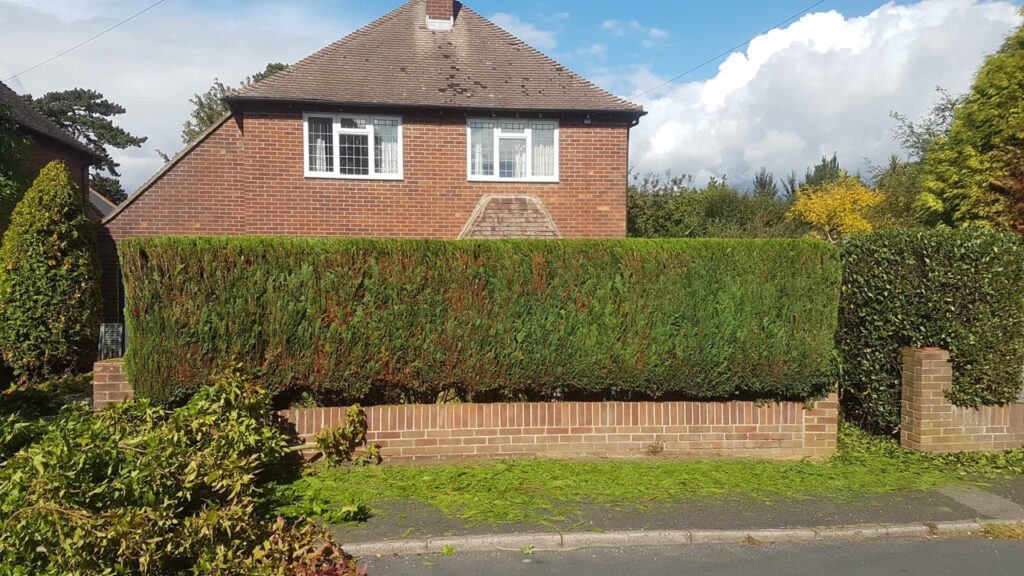Introduction: In landscape design, trees serve as the cornerstone of outdoor spaces, offering shade, beauty, and ecological benefits that enhance the overall aesthetic and functionality of a landscape. However, integrating trees into outdoor environments requires carefully considering design principles, site conditions, and tree species characteristics. In this blog post, LM Tree Surgery Eastleigh explores the synergy between tree felling and landscape design, highlighting how thoughtful tree selection and placement can transform outdoor spaces into harmonious and inviting environments.
Embracing Tree Diversity:
- Species Selection: Begin by selecting tree species that complement the landscape’s desired aesthetic, climate, and soil conditions. Consider factors such as growth habit, foliage colour, seasonal interest, and wildlife value when choosing trees for felling and integration into the design.
- Native Plantings: Incorporate native tree species whenever possible to support local biodiversity, ecosystem resilience, and habitat restoration efforts. Native trees are well-adapted to the local climate and soil conditions and require less maintenance and resources than exotic species.
Enhancing Visual Appeal:
- Form and Structure: Pay attention to the form and structure of trees, selecting species with desirable growth habits that enhance the overall visual appeal of the landscape. Choose trees with attractive branching patterns, distinctive bark texture, and balanced proportions to create focal points and visual interest.
- Seasonal Variation: Integrate trees with diverse seasonal characteristics, such as flowering trees for spring colour, deciduous trees for autumn foliage, and evergreen trees for year-round greenery. Embrace the dynamic changes of the seasons to create a rich and evolving landscape experience.
Functional Considerations:
- Shade and Comfort: Strategically position trees to provide shade and cooling effects in outdoor spaces, creating comfortable microclimates for relaxation, recreation, and social gatherings. Consider the orientation of trees to optimise shade provision during different times of the day and year.
- Wind and Noise Reduction: Trees can mitigate wind exposure and buffer noise pollution, particularly in urban or high-traffic areas. Select dense, wind-resistant species and arrange them in windbreaks or hedgerows to create sheltered environments and enhance acoustic comfort.
Ecological Integration:
- Wildlife Habitat: Design landscapes that support wildlife habitat and ecological diversity by incorporating trees with high ecological value, such as fruit-bearing species, nesting sites, and pollinator-friendly flowers. Create wildlife observation and interaction opportunities to foster a deeper connection to nature.
- Soil Health and Water Management: Consider the impact of tree planting on soil health, water infiltration, and drainage patterns within the landscape. Choose trees with deep root systems that help stabilise soil, improve water retention, and reduce erosion risks.
Conclusion: Tree felling plays a crucial role in landscape design, offering opportunities to shape outdoor spaces and create immersive environments that celebrate trees’ beauty and diversity. By integrating thoughtful tree selection, placement, and design principles, landscape architects and tree care professionals can transform ordinary landscapes into vibrant and inviting outdoor sanctuaries that enrich the human experience and benefit the environment.
Call us on: 023 8001 2396
Click here to find out more about LM Tree Surgery Eastleigh
Click here to complete our contact form and see how we can help with your tree’s needs.

